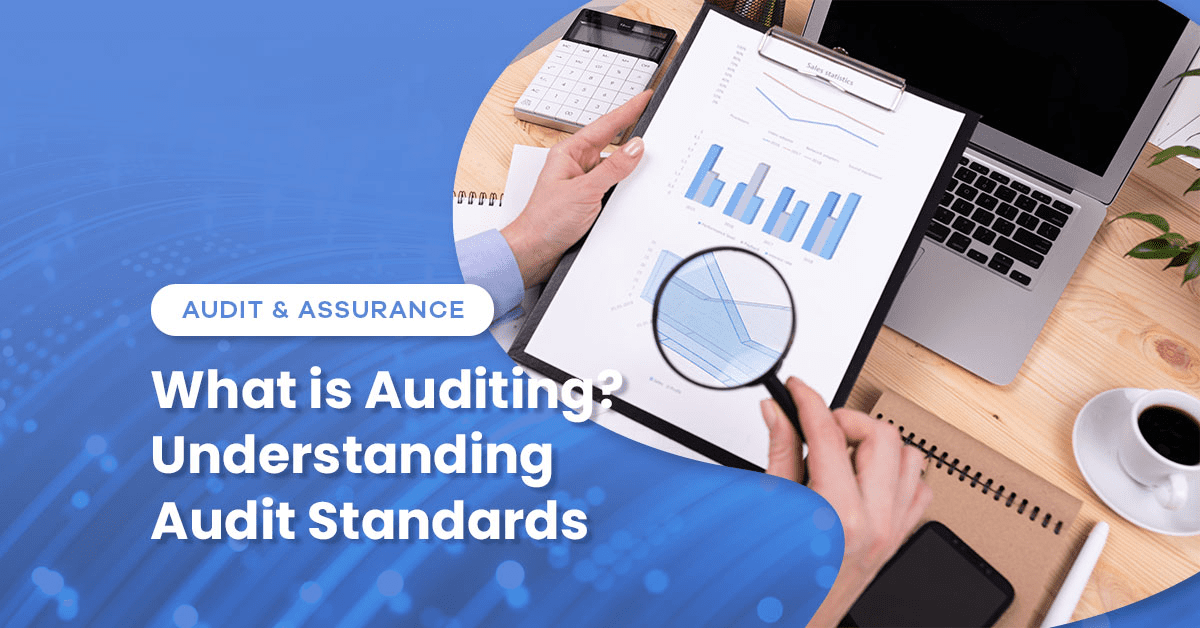Just a mere four days following the House passage, President Joe Biden signed the Inflation Reduction Act (IRA) of 2022 into law on August 16, 2022, which is projected to raise more than $700 billion in revenue through federal policy changes impacting U.S. energy, environment, and tax sectors. Several noteworthy items that are not included in the final bill include:
- A provision to remove the itemized deduction cap for an individual’s state and local taxes
- Reinstatement of the research expensing provision under Section 174 for research and experimental (R&E) expenditures – reinstatement is now likely to come through a separate bill or perhaps the year-end extender package
- Changes to the carried interest rules – prior versions had proposed an extended five-year holding period for partnership interests held in connection with the performance of services to qualify for long-term capital gain treatment
Major tax implications of the bill, generally effective for tax years beginning after December 31, 2022, include:
Creation of a 15% corporate alternative minimum tax rate
The Inflation Reduction Act imposes a 15% corporate alternative minimum tax on “adjusted financial statement income (AFSI)” of applicable corporations. An “applicable corporation” is defined as any corporation (other than an S corporation, regulated investment company or a real estate investment trust) with three-year average annual AFSI exceeding $1 billion. For these purposes, a corporation must calculate its three-year average without regard to financial statement net operating losses (NOLs) but with regard to certain specified adjustments to book income, to determine if the average in any year exceeds $1 billion. Specified adjustments include:
- Items related to related entities
- Foreign income
- Disregarded entities
- Federal income taxes
- Non-reasonable compensation
- Covered benefit plan amounts
- Tax depreciation
Creation of a 1% excise tax on corporate stock buybacks
A tax equal to 1% of the fair market value of any stock of the corporation which is repurchased by the corporation during the tax year will be imposed on each covered corporation. A “covered corporation” is any domestic corporation the stock of which is traded on an established securities market and extends to certain affiliates of U.S. corporations, as well as specified affiliates of foreign corporations performing buybacks on behalf of their parent organization. A “repurchase” is defined as a redemption under the U.S. Tax Code or other economically similar transaction. The 1% non-deductible excise tax does not apply:
- To the extent that the repurchase is part of a reorganization and no gain or loss is recognized on such repurchase by the shareholder by reason of such reorganization
- In any case in which the stock repurchased is, or an amount of stock equal to the value of the stock repurchased is, contributed to an employer sponsored retirement plan, employee stock ownership plan, or similar plan
- In any case in which the total value of the stock repurchased during the tax year does not exceed $1 million
- Under regulations prescribed by the IRS, in cases in which the repurchase is by a dealer in securities in the ordinary course of business
- To repurchases by a regulated investment company or a real estate investment trust
- To the extent that the repurchase is treated as a dividend
Extension of the Excess Business Loss Limitation through 2028
This CARES Act provision was originally expected to sunset for years after 2025 until it was extended by one year by the American Rescue Plan Act to the end of 2026; the Inflation Reduction Act further extends the excess business loss rules under IRC Section 461(l) for two more years through taxable years beginning after December 31, 2028. It is important to note that any disallowed amounts convert to a net operating loss in a subsequent year and currently carry forward indefinitely, offsetting up to 80% of taxable income.
Extension of the Premium Tax Credit through 2025
For individuals and families who are enrolled in an Exchange-purchased qualified health plan, and who aren’t eligible for other qualifying coverage or affordable employer-sponsored health insurance plans providing minimum value, a refundable premium tax credit (PTC) is available. The PTC is limited to the excess of the premiums for the applicable second lowest cost silver plan covering the taxpayer’s family offered by the Exchange over the taxpayer’s contribution amount (i.e. the applicable benchmark plan vs. the required share). In addition, the Inflation Reduction Act suspends indexing of the applicable percentage table for tax years beginning in 2023 through 2025 and replaces the percentages which will enable more people to claim a PTC for those specific years.
Extended and expanded energy-related tax credits
Without getting into too much detail here, the bottom line is that many energy tax credits were extended, expanded, and created with the Inflation Reduction Act. The New Clean Vehicle Credit tweaks how the previously existing vehicle credit was calculated and introduces certain limits for qualification, with the 200,000-manufacturer limitation eliminated. This tax credit can be worth up to $7,500. Some of the new limitations for this credit include:
- Modified adjusted gross income under $300,000 for married couples filing jointly ($150,000 for single filers)
- Cost of van, sport utility vehicle, or pickup truck must not exceed $80,000; $55,000 for all other vehicles
- Manufacturing location of vehicle and sourcing of battery components
- Minimum battery capacity
The Act also introduces a Credit for Previously Owned Clean Vehicles, which allows taxpayers an income tax credit equal to the lesser of $4,000 or 30% of the vehicle’s sales price, once every three years. Like the New Vehicle Credit, there are limitations on who can claim the credit:
- Modified adjusted gross income under $300,000 for married couples filing jointly ($150,000 for single filers)
- Cost of vehicle must not exceed $25,000
- Must be the first sale of the used vehicle
- Vehicle model must be at least two years old
Switching gears from vehicles to the home, there are many extensions and modifications of previously existing energy credits, the most noteworthy being the residential energy credit. The Act adds and expands several types of qualifying types of property and adjusts the phasedown and phaseout rules for claiming the credit. Prior to the Act, there was a lifetime credit limitation on various types of property which going forward will be replaced by an allowable credit up to $1,200 per taxpayer per year for residential energy property expenditures, windows, and skylights (capped at $600), and exterior doors (capped at $500). A $2,000 annual limit will apply for amounts paid or incurred for specified heat pumps, water heaters, biomass stoves, and boilers. In addition to the residential energy credit, the Residential Energy Efficient Property Credit for solar electric, solar hot water, fuel cell, and small wind energy property has been increased to 30% (up from 26%) for property placed in service after December 31, 2021, and before January 1, 2033. The Act also makes this credit available for battery storage technology expenditures.
Increased IRS enforcement funding
Saving the “best for last,” the item of the Inflation Reduction Act that is getting the most attention, is that it provides nearly $80 billion of new funding to the IRS broken down into four major categories:
- $3,181,500,000 towards taxpayer services, which includes prefiling assistance and education, filing and account services, and taxpayer advocacy services.
- $45,637,400,000 towards the enforcement category, towards determining and collecting owed taxes, providing legal and litigation support, conducting criminal investigations, monitoring digital assets and carrying out related compliance activities, and enforcing criminal statute violations and other financial crimes pursuant to internal revenue laws
- $25,326,400,000 towards operational expenses including rent payments, facilities services, postage, security, and information technology development
- $4,750,700,000 towards modernizing the IRS’ computer system, upgrading related in-house technologies, maintaining legacy systems, and developing callback technologies
Of all the appropriations to the IRS, most taxpayers and practitioners are obviously concerned about the appropriations to the enforcement category. IRS Commissioner Charles Rettig said that the IRS funding would not increase audits of households making less than $400,000 per year and that the “resources are absolutely not about increasing audit scrutiny on small businesses or middle-income Americans.” Only time will tell, but one thing is for sure – like any employer, it is going to take substantial time to hire and subsequently train competent employees, so this is something to definitely keep an eye out for in the future, but likely not the imminent future.
| Total Revenue Raised | $737 billion | |
| 15% Corporate Minimum Tax | 222 billion | A |
| Prescription Drug Pricing Reform | 265 billion | C |
| IRS Tax Enforcement | 124 billion | B |
| 1% Stock Buybacks Excise Tax | 74 billion | A |
| Loss Limitation Extension | 52 billion | A |
| Total Investments | $437 billion | |
| Energy Security and Climate Change | 369 billion | A |
| Affordable Care Act Extension | 64 billion | B |
| Western Drought Resiliency | 4 billion | C |
| TOTAL DEFICIT REDUCTION | $300+ BILLION |
A Joint Committee on Taxation estimate
B Congressional Budget Office estimate
C Senate estimate, awaiting final CBO score
Source: democrats.senate.gov Summary: The Inflation Reduction Act of 2022 (updated 8/11/2022)

 Previous
Previous






